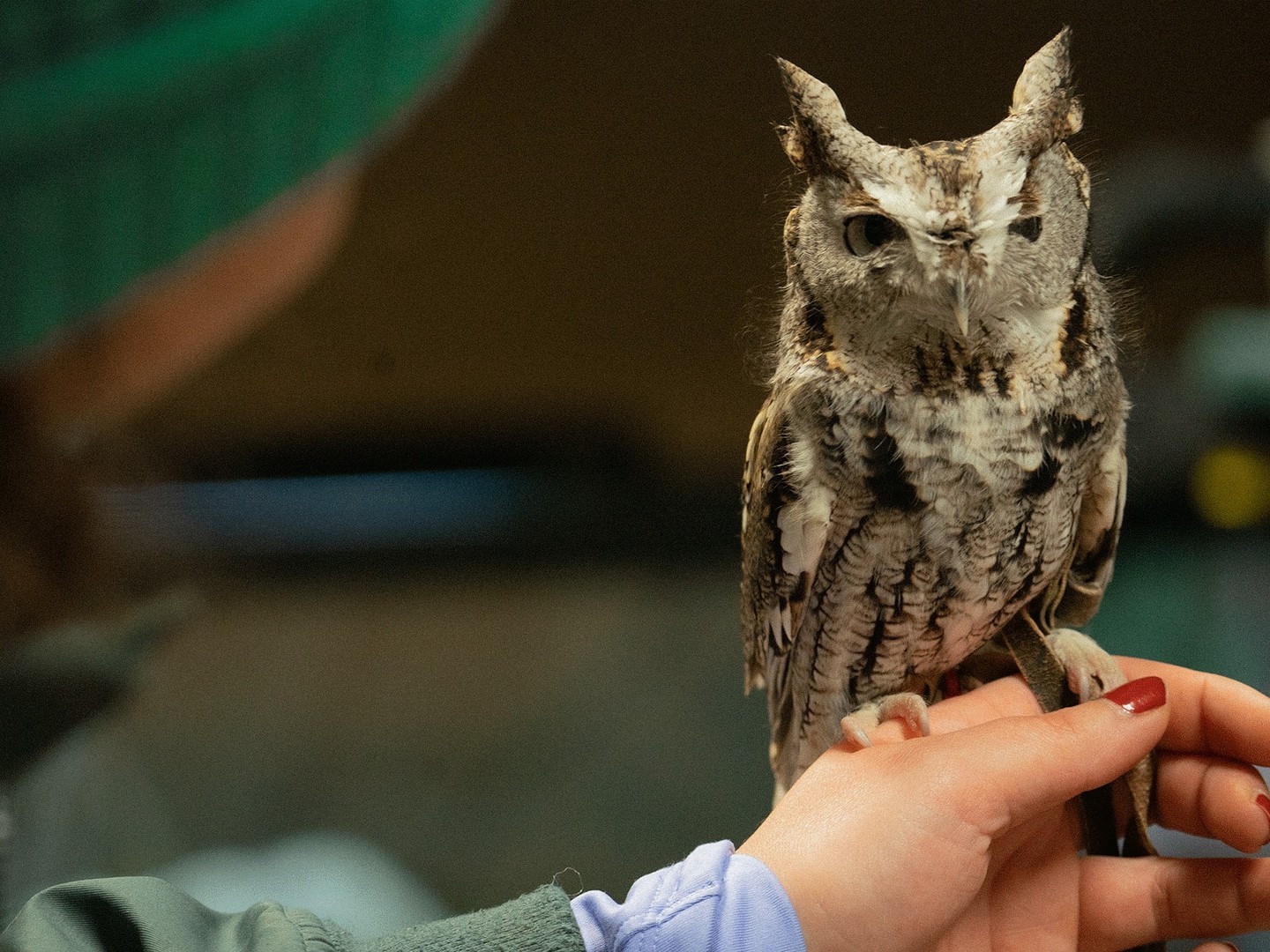- Introduction to "Meet the Animals" Program and Its Objectives
- Importance of Temperature Guidelines in Animal Welfare
- Interactive Learning Opportunities with Southeast Native Species
- Educational Value and Conservation Efforts
- Specific Details on Raptors, Reptiles, Mammals, and Amphibians in the Program
The "Meet the Animals" program is a remarkable initiative returning on January 11, allowing guests to engage with diverse animal species native to the southeastern United States. This program, designed to enrich public understanding of wildlife, offers an interactive setting that enhances appreciation for these creatures. Key elements of "Meet the Animals" include educational exhibits and guided interactions, providing visitors a rare chance to connect with nature within a controlled environment. Additionally, this experience is included with garden admission, making it accessible to a wide audience eager to explore and learn.
A pivotal aspect of the "Meet the Animals" program is adhering to temperature guidelines, which are critical for the wellbeing of the animals. Maintaining appropriate environmental conditions is vital to ensure species health and comfort. Each species has a specific range of temperatures in which they thrive, and the guidelines reflect this. Raptors are kept between 40°F and 90°F, ensuring they are neither too cold nor too warm, which can affect their metabolism and flight abilities. Reptiles, with a range of 60°F to 95°F, require warmth to regulate their body temperature, vital for their physiological processes. Mammals, which are homeothermic, are suited to temperatures between 45°F and 80°F to maintain their internal temperature balance. Amphibians, sensitive to environmental conditions, thrive in a range of 60°F to 80°F, as their skin must remain moist to facilitate respiration and prevent desiccation. By diligently managing these conditions, the program guarantees that the welfare of these animals is not compromised, allowing them to display natural behaviors and enabling guests to observe healthy, active wildlife.
Interactive learning opportunities within "Meet the Animals" include programs tailored for various age groups and knowledge levels. By focusing on species indigenous to the southeastern regions, participants gain insights into local biodiversity, emphasizing the ecological roles these animals play. Visitors young and old can engage in hands-on activities like identifying animal tracks, learning calls, and understanding the food webs unique to these ecosystems. This approach not only educates but also inspires a deeper interest in wildlife and conservation, fostering a connection that might translate into further personal commitments to protecting local wildlife habitats.
The educational value of "Meet the Animals" is substantial, as it aligns with conservation efforts aimed at preserving native species. By highlighting the importance of each animal in its ecosystem, the program helps inform public perception and encourage conservation action. Participants learn about threats to wildlife, such as habitat loss and climate change, and what individuals can do to mitigate these challenges. This proactive approach is designed to create stewards of the environment, motivated to safeguard the delicate ecological balance. Furthermore, collaborations with conservation organizations can expand this effort, underpinning projects that protect these species in their natural habitats.
Exploring the specifics of the animal groups featured in the program provides deeper insights. Raptors, known for their keen eyesight and impressive hunting skills, offer a glimpse into the lives of these aerial predators. Guests can learn about their role in controlling pest populations, which helps maintain ecological equilibrium. Reptiles, often misunderstood, are fascinating inhabitants of the southeast’s warm climates, with discussions on their unique adaptations and lifecycles, serving to debunk common myths. Mammals, familiar yet diverse, showcase behavioral adaptations to varying environments, offering lessons in survival and adaptability. Amphibians, with their dual life in water and land, highlight the complexities of metamorphosis and its implications for ecological studies.
In summary, the "Meet the Animals" program returning on January 11 is more than an opportunity for guest interaction; it serves as a comprehensive resource for zoological education and wildlife conservation. With its emphasis on temperature guidelines, interactive learning, and detailed insights into native species, this program stands out as a beacon of education and stewardship. The initiative not only invokes excitement and curiosity through close encounters but also encourages thoughtful reflection on the role humans play in preserving the natural world. Through strategic education and conservation messaging, "Meet the Animals" nurtures a community of informed advocates dedicated to protecting the southeast’s unique biodiversity.
*****
Source Description
Returning Jan 11! Meet the Animals allows our guests to explore the world of animals native to the southeast in an interactive setting. Free with garden admission, come and meet our critters close up!
To keep our animals safe, our temperature guidelines make sure our species are kept comfortable and not outdoors with temperatures outside of their range. Our guidelines are listed below:
Raptors: 40F – 90F
Reptiles: 60F – 95F
Mammals: 45F – 80F
Amphibians: 60F – 80F

